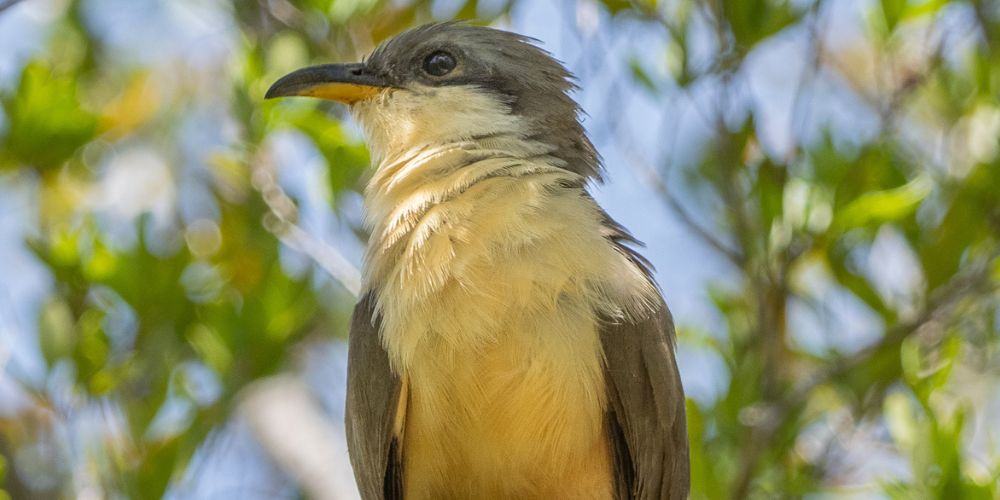UTA research: Wildlife loss five times slower in protected areas

Protecting large areas of land from human activity can help stem the tide of biodiversity loss, especially for vertebrates like amphibians, reptiles, mammals and birds, according to a new study in Nature.
In particular, vertebrate population declines were five times slower in conservation areas compared to animals living in areas not protected from development or conversion to agricultural use.
“Protected areas take us from a situation in which biodiversity is ebbing away to one where populations are at least close to stable,” said Luke Frishkoff, coauthor of the study and assistant professor of biology at The University of Texas at Arlington. “They buy us much-needed time to figure out how to reverse the biodiversity crisis.”
At these rates, Frishkoff said, populations outside protected areas could see their numbers cut in half in just 40 years. Meanwhile, it would take 170 years for a population in a protected area to undergo the same fate.
Human activity has accelerated the natural extinction rate of vertebrates by a factor of 22. Such biodiversity loss can destabilize food webs and jeopardize the many benefits biodiversity provides humans, such as crop pollination, fuel options, healthy food choices and disease control.
Members of the research team included scientists from UTA; the Smithsonian Institution in Washington, D.C.; Conservation International’s Moore Center for Science in Arlington, Virginia; John Carroll University in University Heights, Ohio; the University of California at Davis; and the Zoological Society of London. The team captured data from more than 1,000 species spanning every continent except Antarctica. The authors examined how 2,239 vertebrate populations fared over time, both inside and outside protected areas.

On average, vertebrate populations declined 0.4% per year inside protected areas—nearly five times slower than vertebrate populations outside of protected areas (1.8% per year). Some vertebrates did better than others, though.
Conservation areas did the most to stabilize amphibian and bird populations. Amphibians in particular have been dying in droves due to fungal disease outbreaks and substantial habitat loss, both of which protected areas help to moderate. Reptiles, however, were found to be especially vulnerable in areas of the world that have been most heavily impacted by climate change, regardless of whether they were on protected lands or not.
Interestingly, it wasn’t just being inside a conservation area that helped stabilize wildlife populations. Just being in a country with good governance and low levels of corruption also boosted the prospects of these vertebrates.
“This demonstrates that setting aside land for conservation can make a real difference in preserving animal populations, supporting the notion that increasing conservation areas is an important piece of the puzzle to stem the biodiversity crisis,” Frishkoff said. “However, even if we do increase the amount of protected land, that still leaves the vast majority of Earth’s surface outside protected areas. An average 1.8% decline in population numbers each year is not sustainable. We have to figure out how to stop those declines, too.”